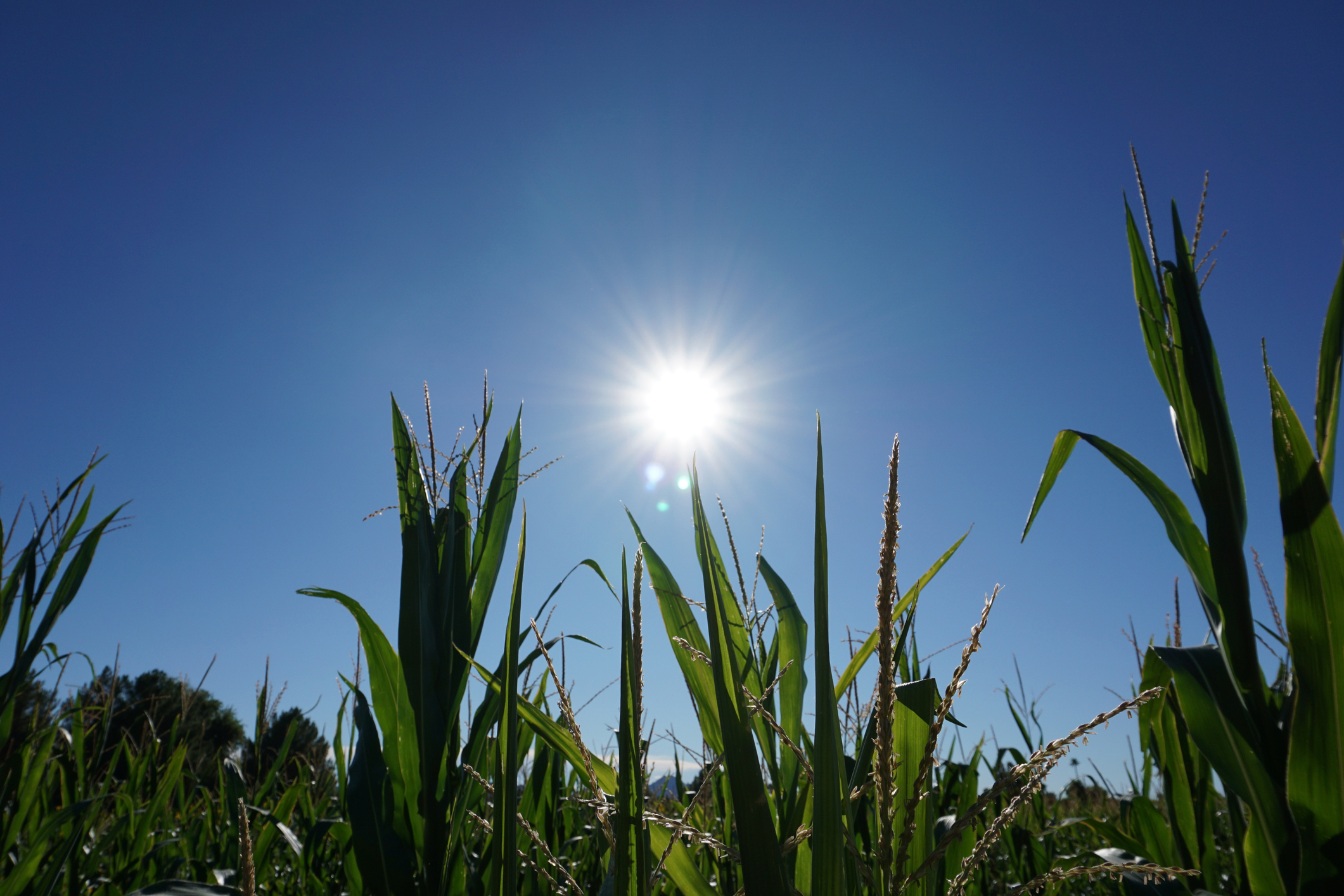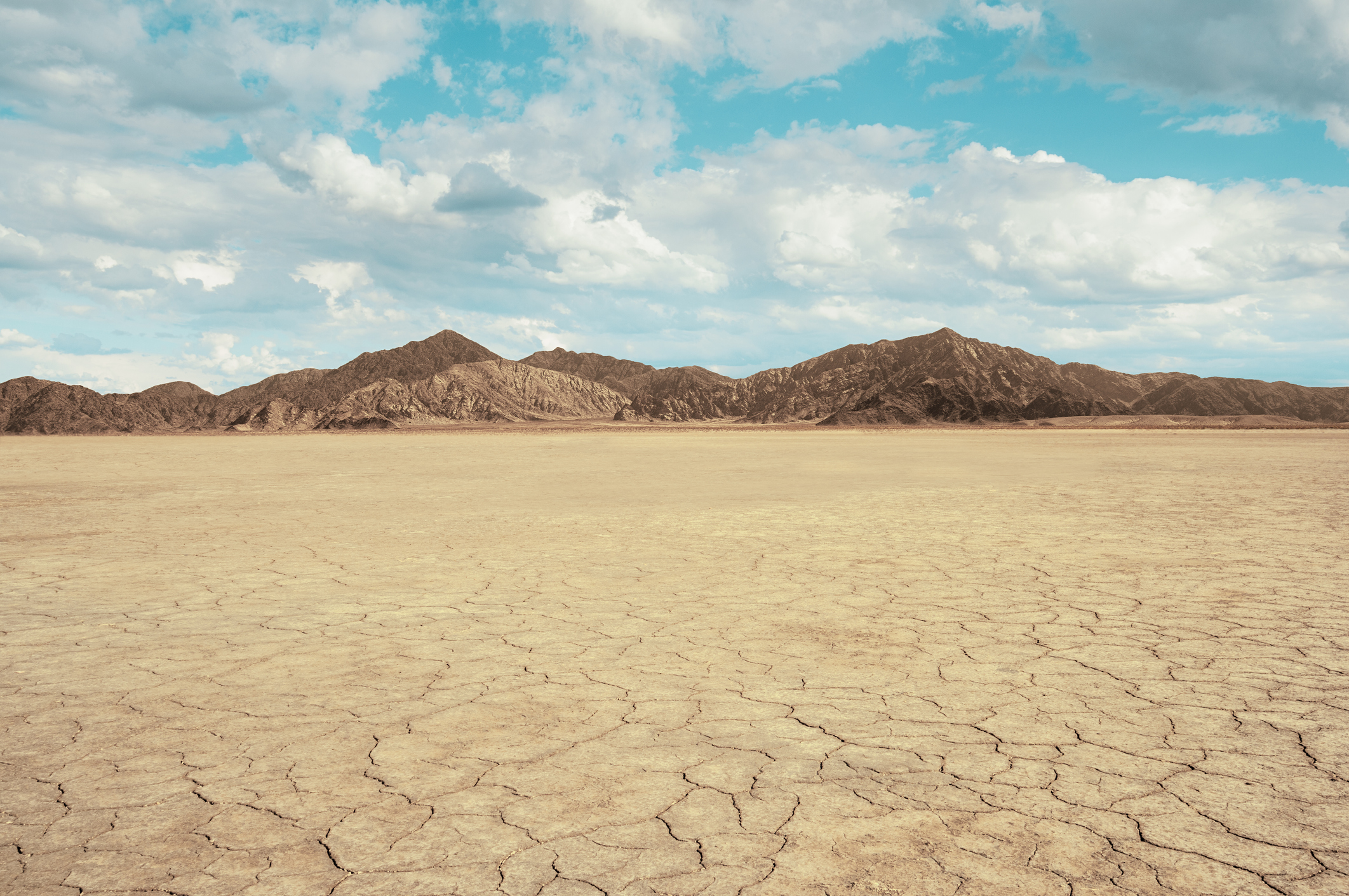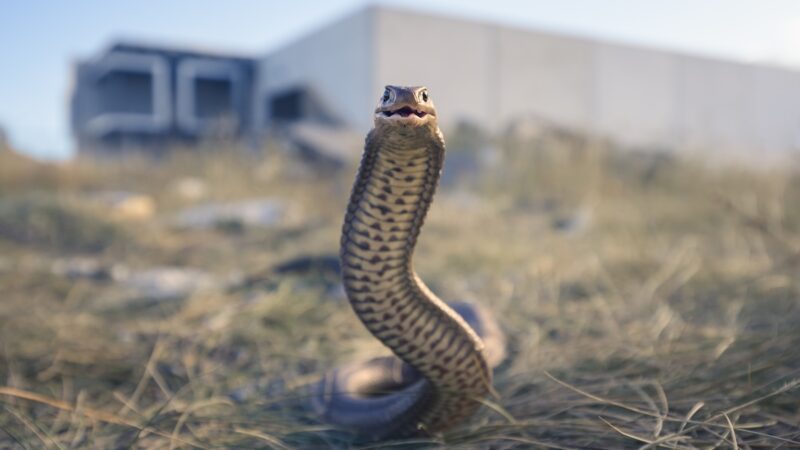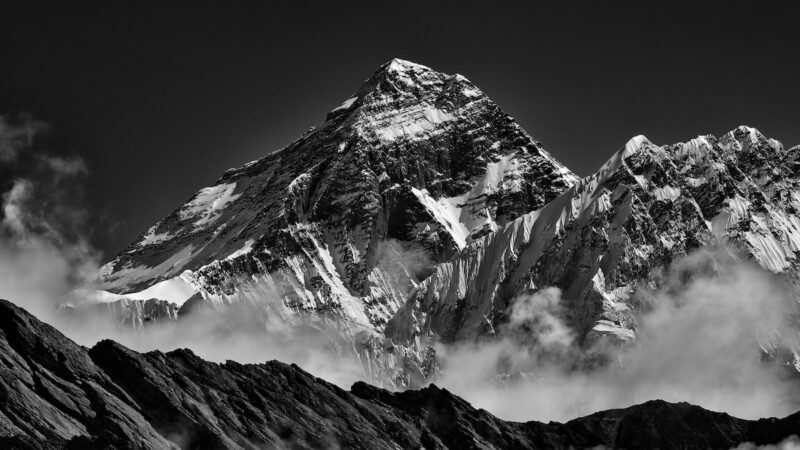How Bear Grylls Collects Water Using A Solar Still
One way that survivalist Bear Grylls collects water when in the wild is by making a solar still to capture water from plants or from the ground. There are two types of stills: above-ground and below ground.


Above Ground: Evaporation Stills
The above-ground version works best in an area with lots of vegetation, by collecting water from plants – the water vapor that is given off when green leaves photosynthesize. The still is called an evaporation or transpiration still.
To collect the water, Bear wraps a clear plastic bag around a branch of green, non-poisonous vegetation of a plant or tree. He then secures it by tying it tightly so that no air can get in. He makes sure the bag is in direct sunlight and leaves it for a few hours. This will not collect a huge amount of water but the more bags you have, the more you can collect.
“Plants with pulpy roots usually contain more moisture than those with thin, spiky roots,” says Bear in Born Survivor. “The sun will then draw the moisture out of the leaves and it will collect in the bottom of the bag.”
When you are ready to drink, make a hole in the bag. Afterwards, tie a knot in the bag to seal it. After a couple of hours, the plant’s leaves will stop producing water so it’s best to drain the water and start again.


Below-Ground Still
In the desert or in a dry area with little vegetation, where there are not many ways to collect water, Bear says that this can be useful for getting water from the ground if you have some sort of waterproof material like plastic or canvas.


Bear starts by digging a hole around 60-120 cm (about 24” – 47” inches) deep and about a meter wide. He puts a container in the bottom, and then puts a piece of plastic sheeting over the hole. Then he puts rocks all around it, to keep it in place, and puts a small rock or stone in the center, above the container. The plastic sheet will have a cone-shape, pointing downwards.
Leave this for a few hours. As the moisture from the ground rises in the heat of the day, it will collect on the cooler, bottom side of the sheet and then drop down into the container.
“If you urinate in the hole before setting up the still, the moisture in your urine will condense into clean drinking water,” says Bear.


At Sea
If you are stranded at sea in a life raft, there will probably be a solar still in the raft and this can be one way to find water at sea. Read the instructions carefully and set it up as soon as possible. It will work on the same principle, but you can add salt water into the base, which will then condense and collect in the cup.
Life raft stills are usually inflatable, with a spherical or conical shape. They collect water droplets which evaporate from a black cloth heated in the sun. Bear says you can also make your own if you have any materials. He does this by putting a weighted-down cup into the base of a larger container. Surround this with absorbent material. Put about one inch of sea water into the large container so it surrounds the cup.
Then cover the outer container with a sheet of plastic which is weighted down in the center. The plastic makes a funnel shape over the cup. Leave this out in bright sunlight and the sea water will condense and then drip into the cup.
“You should set these up as soon as you find yourself in a survival situation, but remember that they can only be used if conditions are calm, otherwise salt water will mix with the distilled water,” says Bear.
Multiple Stills
The above stills do not produce vast quantities of water so the best option, if you have more than one container and plastic sheet, is to set up as many as you can.
“The effort required to dig the still – even at night when the air is cooler – may not be worth the end result of possibly only a few sips of water,” says Bear in Born Survivor. “For these reasons, solar stills are best seen as a supplement to other sources of water.”
Source: https://outdoors.com/how-bear-grylls-collects-water-using-a-solar-still/






